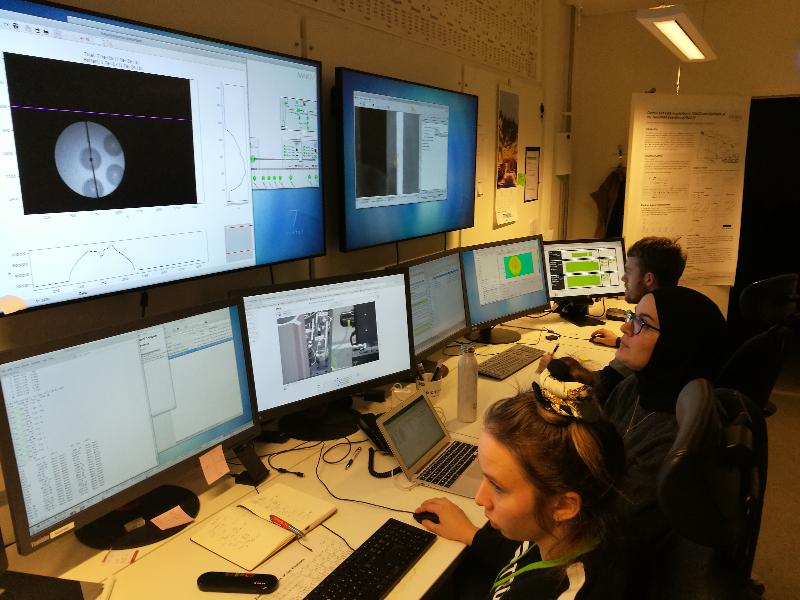Baskunskap om röntgenstrålning: röntgeninteraktion med materia, röntgenkällor (inklusive synkrotronstrålning och frielektronlasrar), röntgenoptik, röntgendetektorer, röntgenkoherens.
Röntgentillämpningar: röntgenmikroskopi, röntgendiffraktion, medicinsk avbildning, röntgenfluorescens- och absorptionsspektroskopi, koherent diffraktionsavbildning.
